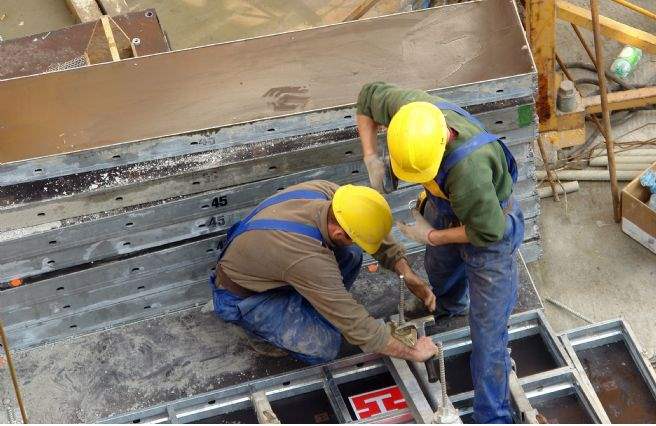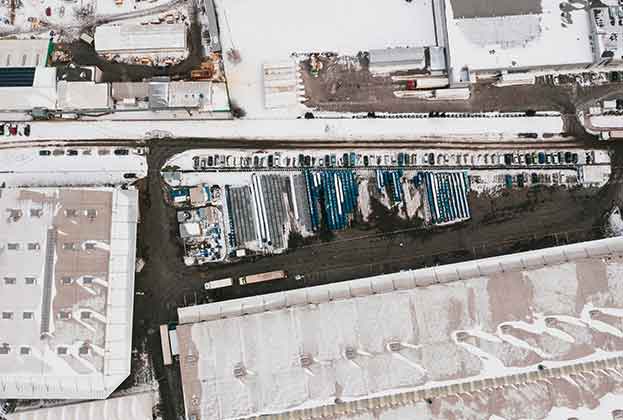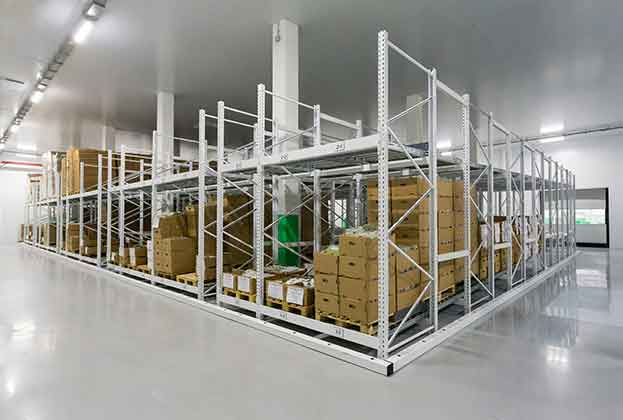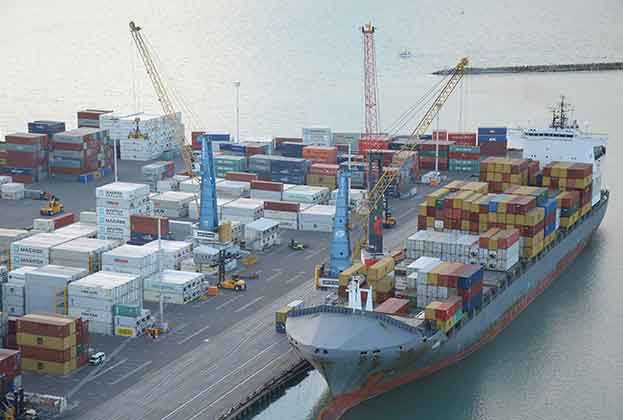The logistics sector remains the darling of the property world, seemingly going from strength to strength and showing no real signs of slowing.
Despite high demand for good quality space, the UK remains, on a per capita basis, an ‘under-warehoused country’ with just 7.61 per cent of warehouse accommodation per head compared with almost 39 per cent in the US. As a result, more stock is needed, and fast.
In Q1 alone take-up reached just over 11 million sq ft, the best quarter on record. Strong confidence in the occupier market has led to an increase in speculative development with 7.7 million sq ft currently under construction as major developers with new sources of capital aim to boost supply to satisfy demand.
Subsequently, of the take-up recorded in Q1, more than two thirds was for build-to-suit units. So what do all these spades in the ground mean for the construction industry?
This increase in development has manifested itself in a number of different ways. For instance, small to mid-box schemes have been hit by cost pressures and a slowdown in delivery due to the sheer volume of projects currently in the pipeline, which in some cases has led to contractors picking and choosing tenders to suit their already hefty workload. In contrast, larger schemes of 100,000 sq ft plus are currently still capable of absorbing these constraints, which we can put down to economy of scale.
Moving forward, things still remain unclear. External factors such as Brexit and US trade tariffs may not necessarily be a bad thing for the logistics sector, but will likely have a knock-on effect when it comes to construction.
For instance, Britain’s departure from the UK could see medium-term demand for warehouse space increase. Research published by the UK Warehouse Association envisions a scenario where grocery and manufacturing supply chains are placed under increased time pressure due to potential trade restrictions, therefore requiring more inventory to be stored in the UK. This in turn could lead to even further development, both speculative and build-to-suit, which will undoubtedly impact project delivery.
On the other hand, hypothetically speaking, US trade tariffs could lead to restrictions on China that could see the country offload large quantities of steel at knock down prices, which will see build costs decrease as a result.
Ultimately, different property sectors and geographies will fare in different ways depending on the scale of their development pipelines. So, while house building is seeing similar impacts to logistics, the office and retail markets are rather more subdued at this time. From this we can conclude that 2018 will continue to be an interesting year for the construction industry.


.jpg)





.jpg)

.jpg)